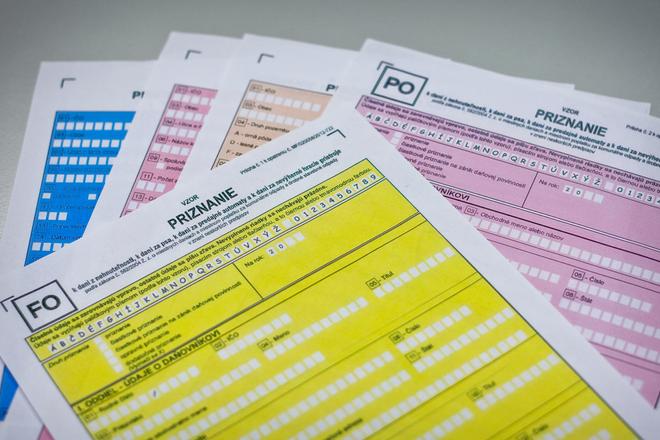The state’s deficit was 2.19 percent of GDP in 2016, the Slovak Finance Ministry reported on October 24, citing data from Eurostat. Slovakia’s deficit was up by 0.5 percentage points compared to the figure stated in the spring notification. In effect, the deficit was bigger in €400 million.
“Compared to the spring notification, a correction was made to the 2016 public finance deficit,” the ministry informed, as quoted by the TASR newswire. “This was due to relatively lower income from corporate taxes and a reclassification of income from dividends.”
Eurostat published its fall deficit and debt notification, which saw the general government deficit in 2016 at 2.19 percent of GDP, while the spring notification mentioned a deficit of 1.68 percent of GDP.
What are causes behind the setback
The Finance Ministry knew already in September that it would probably happen, and now this was just confirmed. Finance Minister Peter Kažimír complained back in September about the different Eurostat methodology and of state income from dividends. In Slovakia, this mostly concerned dividends from the SPP gas utility. A similar situation occurred last year.
The Institute for Financial Policy (IFP) at the Finance Ministry sees reasons for wrongly predicted incomes from the income taxes of legal entities in the difference between profitability and real economic results of companies. The Slovak Statistics Office (ŠÚ) data said profitability grew by six percent in 2016, but in fact, the results of companies declined by 4.4 percent.
The main economist of VÚB banka, Zdeno Štefanides, also admits that it is difficult to make plans or predictions in this sphere.
“It is fundamentally hard to estimate taxes from profits for legal entities,” Štefanides said for the Hospodárske Noviny daily, adding that this year prognoses for income from the enterprising of legal entities are revised downward, while in past years, they were instead greater than expectations.
Analyst makes predictions
This increase will not impact Slovakia in the short term, but in the long term. The country is now seeing good times but we should all prepare for a crisis, said Tatra Banka macroeconomic analyst Juraj Valachy.
“Our deficit should be much lower than 2.2 percent of GDP,” Valachy told Hospodárske Noviny, adding that basically it has oscillated between two and three percent for four years already. “Kažimír is planning a balanced budget for 2020 in spite of this.”
This year, the deficit should reach 1.63 percent. So far the country is managing to stick to this, according to Eurostat data: in second quarter, the deficit was 1.5 percent. Next year, it should decrease below one percent for the first time, to 0.83 percent. The importance of this index lies in the fact that it shows how the country is managing economically and at what pace it is creating debts. And the Eurostat data are final and binding, Hospodárske noviny summed up.



 Paying taxes, illustrative stock photo. (source: Sme)
Paying taxes, illustrative stock photo. (source: Sme)